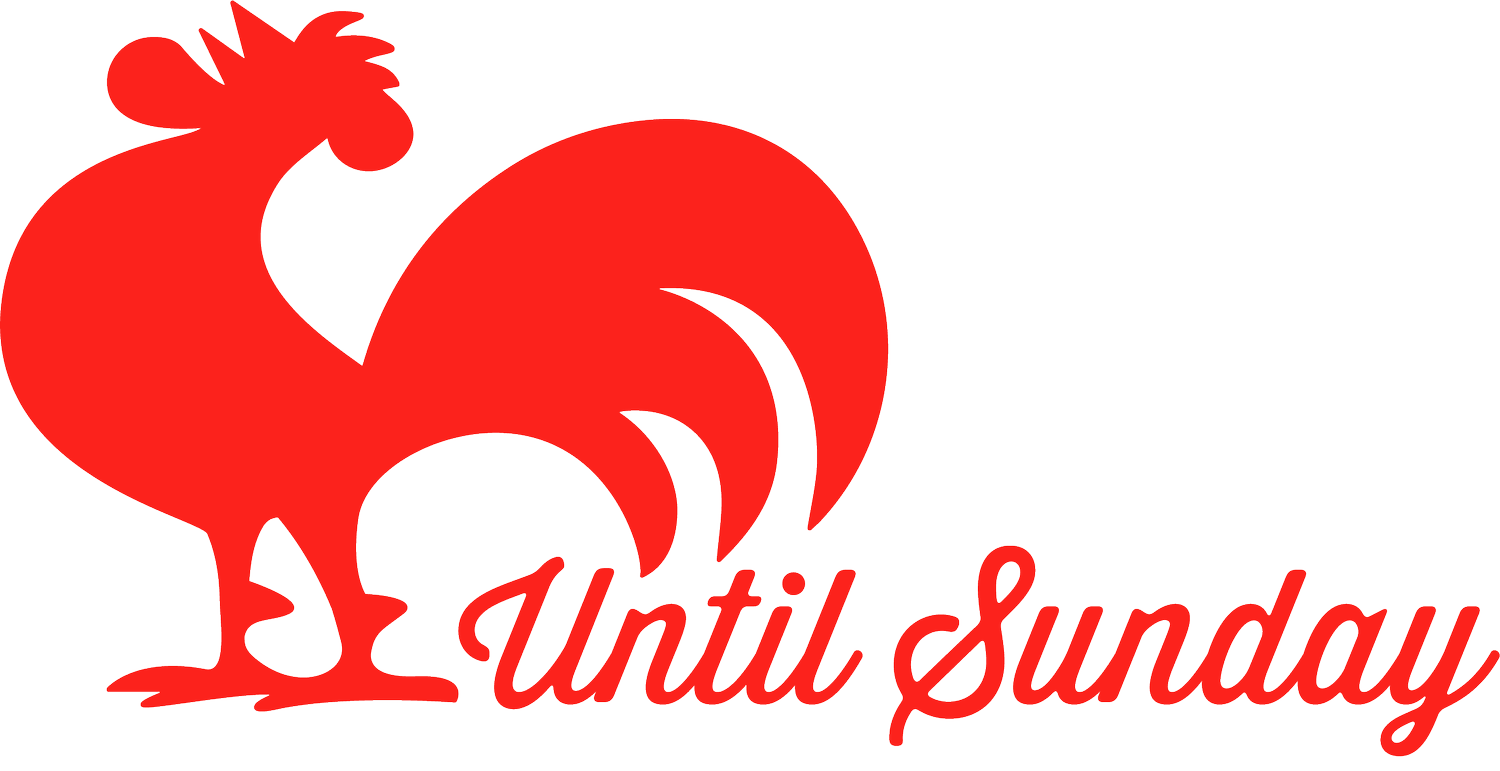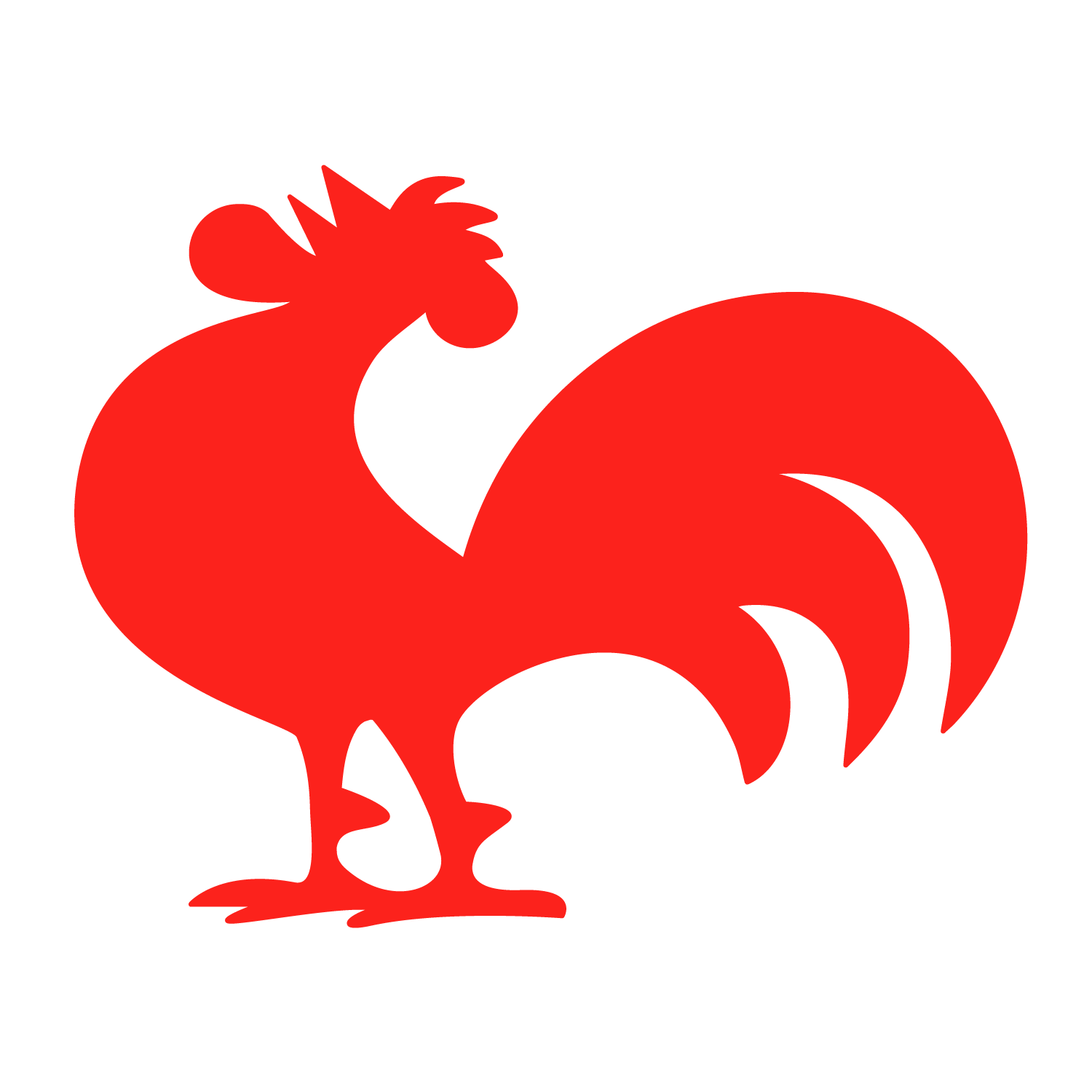#33. The deceptive stories we tell to... Achieve a Status (Part 1)
Picture the scene. I’m in Sicily – Catania airport, to be exact – waiting for my Athens flight to be announced. The airport is small, with very few gates, and today is extremely busy and noisy. Above the gates there are large billboards, all displaying the same ads… that I find difficult to understand.
The large billboard. What is trying to sell?
"5 minutes of unlimited sensation"
I had to look up what that cheeky sentence referred to (which is the point, as it’s designed to make people curious!).
It was advertising the heated tobacco and e-cigarette brand, Ploom.
The ads featured a woman in her late 20s, who radiated vitality and health from every pore of her skin. In these ads, she was leaping into the fresh air, charming men, and embodying a full, rich life that many people would envy.
However, I couldn’t help thinking that cigarettes could bring this woman’s wonderful life to an early end. It’s a well-known fact that tobacco kills a lot of people.
Storytelling has the power to direct our behaviour
The more I looked at those billboards, the more upset I felt about the story they projected. I confess that my strong emotional response could be partly due to personal experience. Ten years ago, my father, who was a long-time smoker, passed away from lung cancer.
I also understand the manipulative tactics used in advertising, having taught these concepts to my students, and shared the importance of being an ethical storyteller.
Designers can use storytelling and set resolutions in ways that trigger specific forms of behaviour. If you follow my work (particularly my Domestika online course or if you join my upcoming workshop), you will already know that I identify three significant resolutions:
Achieve a status
Ensure completeness
Discover your true self
Resolutions in storytelling. Designers can use storytelling in ways that trigger specific forms of behaviour.
In this newsletter, we will explore how storytelling can be used in highly intentional ways, both good and bad, to achieve a status.
Storytelling to achieve a status
Designing to achieve a status means creating something that feels premium, special, and elevating to the user.
By engaging with the product or service, the user feels that they will achieve a greater position: whether socially, culturally, or within a specific community.
Status is definitely one of the stories promoted by the Ploom billboards I mentioned at the start of this newsletter. They seem to say that, just by engaging with Ploom’s products, you too can be beautiful, charming, successful, and free – just like the perfect woman featured in their ads!
I often refer to the story of Cinderella as a universal example of status-achievement. By attending the ball, she becomes a princess, thus escaping her role as a servant to her stepmother and stepsisters.
Cinderella’s newly-elevated status is at the heart of her story, and those of many fairy-tale princesses that are so compelling to children. They represent the achievement of power, recognition, and belonging.
We can aim for a similar emotional impact in the products and experiences we design.
This can be done by:
Framing the experience as exclusive or limited
Promoting custom-made creativity
Associating the product with a celebrity, public figure, or aspirational lifestyle
Framing the experience as exclusive or limited
Example: The French online fashion brand Sézane opens its capsule collections exclusively to their customers on a specific day. While you may preview the lookbook, you cannot buy the items before then. This kind of exclusivity is widely seen in fashion brands, but Sézane takes it a step further, with exclusive artist collaborations and beautiful gifts with every order.
Sézane. The French online fashion brand opens its capsule collections exclusively to their customers on a specific day.
Promoting custom-made creativity
Example: Vladì is a Venice-based artisan brand that creates beautiful leather shoes (Full disclosure: I own a few pairs!). Using their love for colour and design, customers may create and personalise their own shoes via an exclusive service called Vladì by You.
This ‘story’ is a true reflection of the brand, as Vladì also offers courses to learn about colour combinations, together with shoes hand-painted by artisans, in a celebration of creativity.
Vladì by You. Personalise your own shoes with this exclusive service.
Associating the product with a celebrity, public figure, or aspirational lifestyle
Example: Masterclass is one of the first brands to launch courses with acclaimed teachers who are world-renowed in their fields. From the late David Lynch to the fashion icon Anna Wintour, Masterclass has built its reputation – and justified its subscription prices – on learning skills from the best teachers. Thus, by learning from the best, you may aspire to be the best.
Masterclass. Learn creativity from the best teachers.
Storytelling to fake status
As you may have guessed, there is another side to the Achieve a status approach.
The same techniques that can make people feel seen can also make them feel less than – at least, until they buy, upgrade, or subscribe.
Deceptive status patterns in design exploit our desire for recognition, using storytelling to sell belonging rather than build it.
This happens in three common ways:
Scarcity effect
Infinite Progress
Authority bias
Scarcity effect
Example: When everything is “exclusive”, nothing truly is.
Fake scarcity, like countdowns or limited “drops” that reset every week, is a very common pattern on sites like Dometika, Booking.com and Amazon. They give the instant illusion of status, but without substance.
Scarcity effect. Give the instant illusion of status (be the first, the lucky one!), but without substance.
Infinite Progress
Example: Gamified levels in the language-learning app Duolingo promise progress and rewards. But the ladder keeps extending one more level higher, with one more feature locked away. It is said that “learning never ends", and apps like Duolingo take this very much to heart!
If you choose to quit Duolingo, however, the sense of guilt is ramped up. Users are nudged to come back with stress-inducing images and notifications.
Duolingo. The funny comic by artist, Ketnipz.
Authority bias
Example: Authority bias is a well-known pattern that has grown with the rise of social media. Last year, the Italian influencer Chiara Ferragni promoted a Christmas charity campaign that encouraged people to buy special-edition panettoni from a well-known Italian brand. Her image was tied to the ideas of generosity, glamour, and festive goodwill. How can anyone resist such an emotional mix?
However, when the truth surfaced – that the promised donations were far lower than implied - the campaign turned into a national scandal. It revealed a dark pattern of storytelling built on authority bias: selling the feeling of doing good, rather than delivering genuine value.
Influencers and festive goodwill. The Italian scandal, Pandoro Gate, caused by Chiara Ferragni last Christmas 2024.
Final thoughts
When designing with a resolution to help users achieve a goal, we need to create experiences that allow them to feel like they’ve gained something deeply human: such as a sense of importance, or a place in a social structure they aspire to.
When designing for status, we don’t just offer functionality. We offer identity, recognition, and elevation.
The product becomes a tool for self-expression and belonging: we can help to avoid users feeling betrayed by reflecting relevant and positive stories throughout the experience, from the first interaction to the last.
True elevation doesn’t come from scarcity or exclusivity. It comes from the meaning we attach to the brand. The most powerful stories are not the ones that make people want more, but the ones that make them feel like they are enough.
Want to learn how to help brands achieve status the right way?
In my Story by Design workshop, we explore how to use narrative, psychology, and design research to help brands rise, without resorting to manipulation.
You’ll learn how to craft experiences that give users a genuine sense of belonging and value, while strengthening a brand’s identity and purpose.
If this article resonated with you, join the live workshop on January 12th and start shaping stories that elevate, not deceive.





